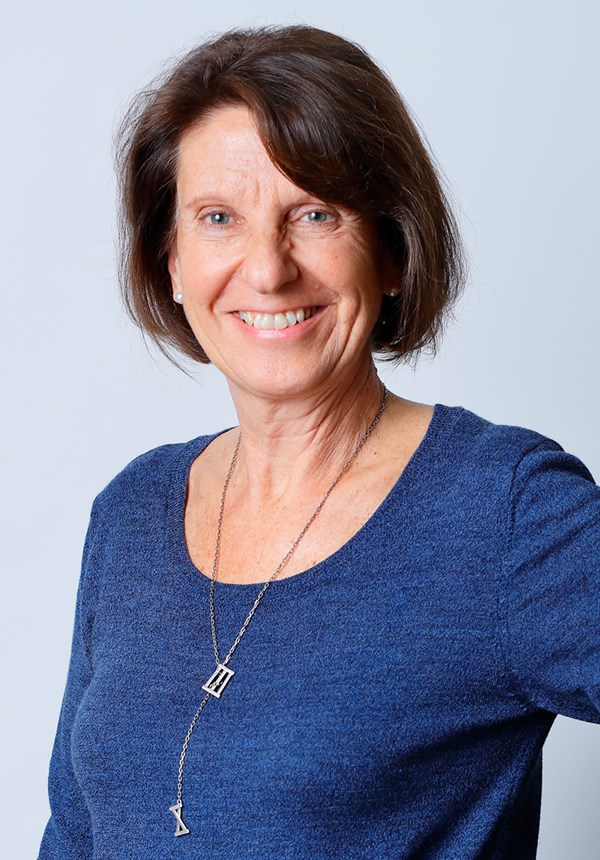Exercise, outdoor learning and well-being at school
There is little knowledge in Finland about the extent to which teaching in primary school takes place outside the traditional classroom and what effects the use of outdoor learning environments can have on students' learning, on their physical activity, health and well-being and nature relations, and what opportunities and challenges teachers experience. in relation to this. Folkhälsan Research Center's Learning Environment study seeks answers to these questions.

LärMiljö (Learning Environment) study: movement, outdoor learning and well-being in school
The new curriculum in Finland, which came into force in 2016, emphasizes the use of diverse learning environments. There is little knowledge in Finland about the extent to which teaching in primary school takes place outside the traditional classroom and what effects the use of outdoor learning environments can have on students' learning, on their physical activity, health and well-being and nature relations, and what opportunities and challenges teachers experience in relation to this. The LärMiljö (Learning Environment) study seeks answers to these questions. The results from the study provide a basis for which factors related to health and a good learning environment are important among school children. The study contributes knowledge that can be used to promote learning and well-being in school, both among pupils and teachers, and support schools and teachers in their work.
The LärMiljö (Learning Environment) study fields and objectives
The LärMiljö (Learning Environment) study consists of a) a survey of the use of learning environments outside the school building, where the research material is used to clarify to what extent different learning environments are used in the Swedish-language primary school lower classes and what factors (including perceived benefits and obstacles, experience of self-determination and support) are related to this; and b) the main study where the questionnaire material, results from academic tests and the measurements with accelerometers are used to examine pupils’ physical activity, health and well-being, school results and nature relationship and how the class teacher's use of different learning environments and other factors are related to these. Before the two sub-studies, a pilot study was carried out where the purpose was to test how feasible and suitable the data collection methods planned for the studies are.
Data and methods
Data collection for the study started at the end of 2021 in a national survey in Swedish-language primary schools among teachers and principals, and in the spring of 2022 in Swedish-language primary schools grades 3–6 among pupils, guardians and class teachers. The data collection has continued in the school year 2022–2023. Data is collected with electronic web surveys and the pupils' physical activity is measured with a accelerometer during a week when a diary is also filled in. Academic tests are performed during lesson time. Results will be published in the upcoming years, 2023–24.
Read more
Nina Simonsen, PhD, Principal Investigator
Nanna Wackström, MSc, doctoral student
Literature review in Swedish. Litteraturöversikt om Utomhuspedagogik (PDF).
Report in Swedish. Folkhälsans LärMiljö-studie – Rörelse, utomhuslärande och välmående i grundskolans lägre årskurser, 2023. (PDF)
Folkhälsan association in Åboland
Svenska kulturfonden, Foundation of Eschnerska Frilasarettet, Johanna och G. A. Petrelius foundation.



